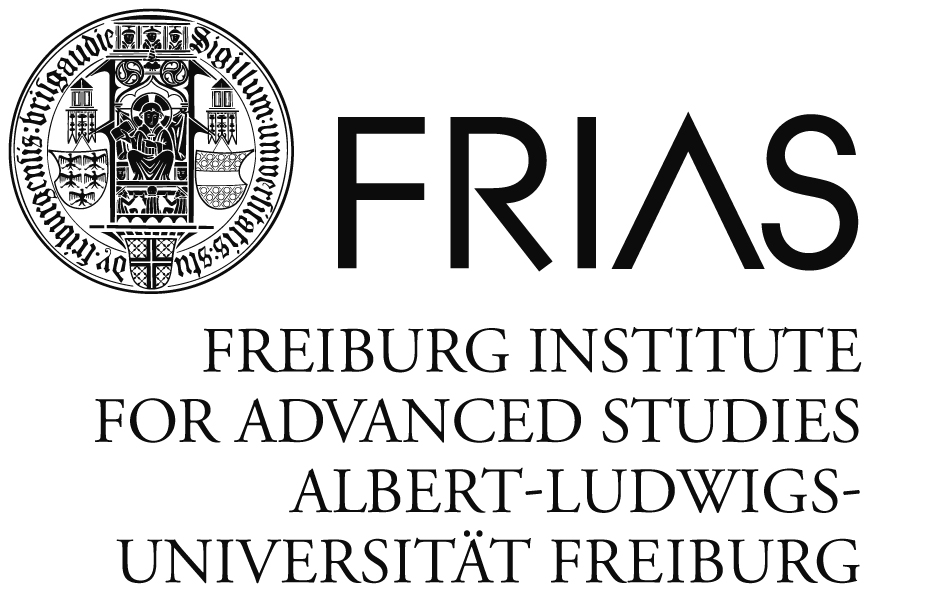Maria Asplund from Sweden, since April 2013 appointed a Junior Group Leader for the Cluster of Excellence BrainLinks-BrainTools at the University of Freiburg and her doctoral candidate Christian Böhler has provided the foundations for a new molecular storage method using ALD. The method could find its way into clinical practice in the foreseeable future.
The team have succeeded in creating a compound of organic and inorganic materials that is particularly well suited for the compact storage of pharmacologically active substances. The method involves an ALD ZnO layer that was deposited in a hot wall reactor OpAL - manufactured by Oxford Instruments.
The full story is available here in PhysOrg and in the open access publication below.
Please also check out earlier stories here on the ALD Blog on using ALD for controlled drug delivery from Nanexa of Sweden:
A Simple Approach for Molecular Controlled Release based on Atomic Layer Deposition Hybridized Organic-Inorganic Layers
Christian Boehler, Firat Güder, Umut M. Kücükbayrak, Margit Zacharias & Maria Asplund
Scientific Reports 6, Article number: 19574 (2016), doi:10.1038/srep19574
The storage layer (marked green) can be used to store drugs; the surface layer (marked blue) enables their release in controlled dosages. Credit: Christian Böhler/University of Freiburg (Picture from PhysOrg: http://phys.org/news/2016-02-method-enables-storage-pharmaceutical-substances.html#jCp)
On-demand release of bioactive substances with high spatial and temporal control offers ground-breaking possibilities in the field of life sciences. However, available strategies for developing such release systems lack the possibility of combining efficient control over release with adequate storage capability in a reasonably compact system. In this study we present a new approach to target this deficiency by the introduction of a hybrid material. This organic-inorganic material was fabricated by atomic layer deposition of ZnO into thin films of polyethylene glycol, forming the carrier matrix for the substance to be released. Sub-surface growth mechanisms during this process converted the liquid polymer into a solid, yet water-soluble, phase. This layer permits extended storage for various substances within a single film of only a few micrometers in thickness, and hence demands minimal space and complexity. Improved control over release of the model substance Fluorescein was achieved by coating the hybrid material with a conducting polymer film. Single dosage and repetitive dispensing from this system was demonstrated. Release was controlled by applying a bias potential of ±0.5 V to the polymer film enabling or respectively suppressing the expulsion of the model drug. In vitro tests showed excellent biocompatibility of the presented system.



%20(1).png)

No comments:
Post a Comment